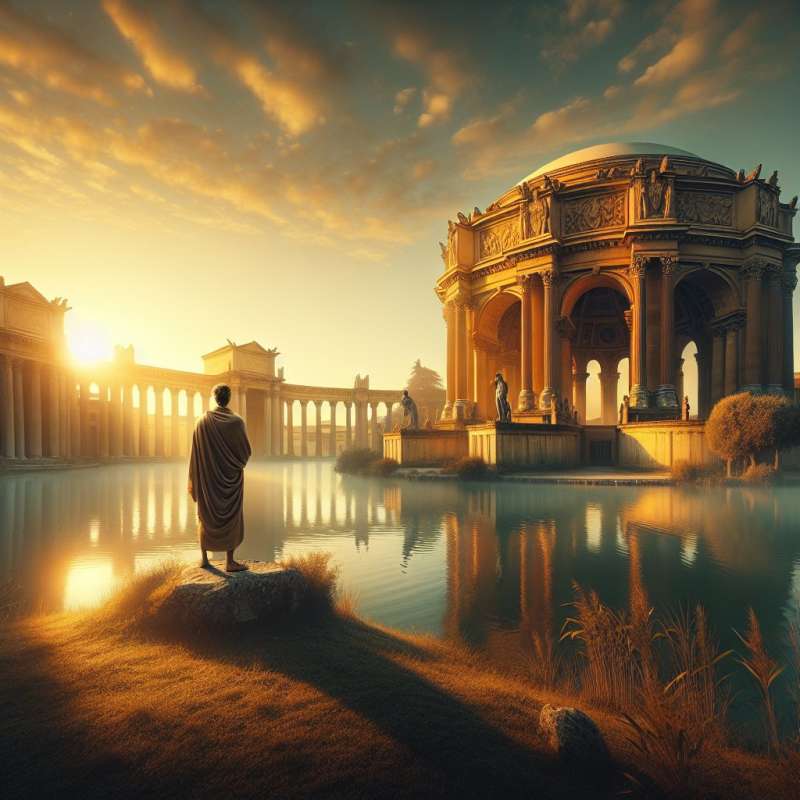
Origins for an Exposition
The Palace of Fine Arts was constructed for the 1915 Panama-Pacific International Exposition. Designed by Bernard Maybeck, it displayed the theme of Roman ruins, evoking an air of timeless grandeur.
Architectural Wonder Reimagined
Though built to be temporary, the Palace's undeniable beauty ignited efforts for preservation. In the 1960s, it was entirely rebuilt with permanent materials, securing its place in San Francisco's landscape.
Artistic and Cultural Hub
The Palace has housed art exhibitions, including works by famous artists. It's a celebrated venue for weddings, events, and films, underscoring its cultural significance beyond a historical monument.
Intriguing Structural Survival
Surviving both the 1906 and 1989 earthquakes with minimal damage, the Palace remains a testament to Maybeck's design and the ingenuity of early 20th-century architecture.
Famed Weeping Women
The Palace's melancholic 'weeping women' sculptures symbolize the sadness and beauty of a ruin being reclaimed by nature, aligning with Maybeck's vision of 'ruined' beauty.
Lagoon's Hidden Purpose
The serene lagoon was not just for aesthetics; it acted as a clever engineering solution to unstable land, counteracting the site's marshy foundation and adding to the picturesque vista.
A Living Art Legacy
Today, the Palace remains active with the Exploratorium's hands-on science exhibits until 2013, and ongoing public events, maintaining its role as a beacon of inspiration and innovation.
Who designed the Palace of Fine Arts?
Frank Lloyd Wright
Bernard Maybeck
Julia Morgan
Company